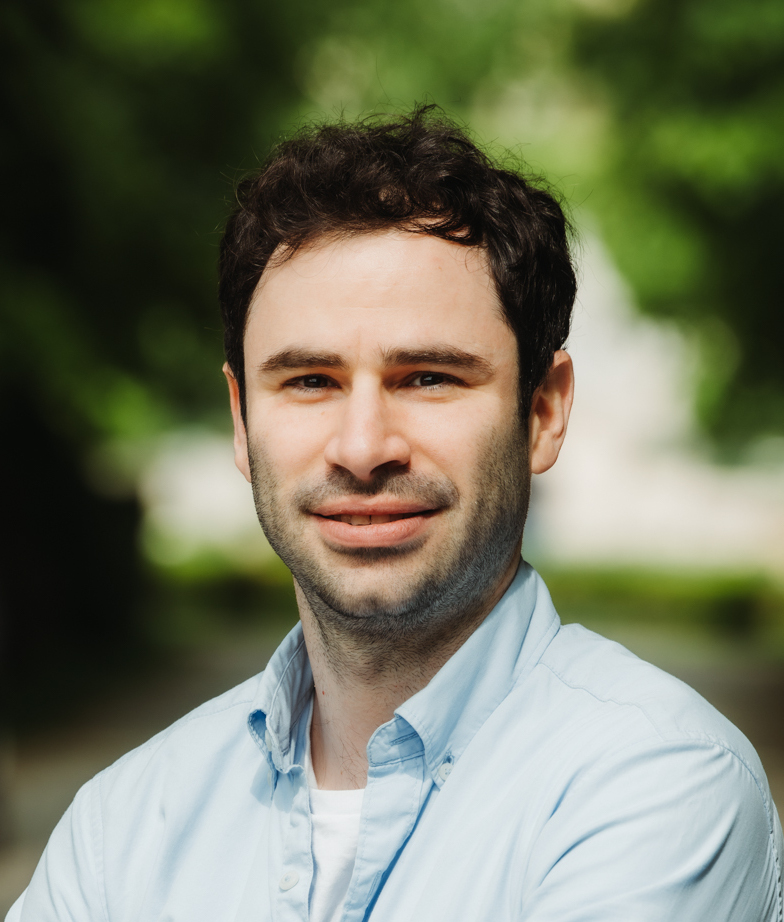How biological pieces come together—lessons learned from animal collectives
A common theme in science is reductionism—zooming in to shed light on the building blocks of nature. But another, not less important approach, is to ask how those units operate to form a cohesive whole, such as a brain, the immune system or a flock of birds. Animal groups, which we can observe with our unaided eyes, offer a unique opportunity to study a biological system that can be relatively easily measured and perturbed. I will show how we approach these imaging (and modeling) problems with different animal groups, such as schooling fish (in the lab) or synchronizing fireflies (in the field, in Thailand).
Related Work:
Amichay, G., Li, L., Nagy, M. et al. Revealing the mechanism and function underlying pairwise temporal coupling in collective motion. Nature Communications 15, 4356 (2024). Link

Guy Amichay earned his PhD from the University of Konstanz / Max Planck institute, working with Iain Couzin on collective motion. He then started his ongoing postdoctoral work at Northwestern University in the applied math department, working with Danny Abrams. He is also affiliated with the Northwestern institute on complex systems (NICO) as well as the national institute for theory and mathematics in biology (NITMB). He now focuses on analyzing and modeling various real-world examples of synchronization phenomena. His overarching goal is to better understand how systems self-organize to produce emergent patterns through relatively local, simple interactions.
